Wood is a material we typically associate with trees, building structures, or furniture. However, in the animal kingdom, some creatures rely on wood as a key part of their diet. What animal chews on wood? The answer to this question opens up a fascinating look at the world of wood-eating (xylophagous) animals, their unique adaptations, and the ecological roles they play.
In this article, we’ll explore several animals known for chewing or feeding on wood, from tiny insects to aquatic creatures, and understand the science behind their wood-eating behaviors.
When people think of animals that chew on wood, the first creature that comes to mind is often the termite. Termites are infamous for their ability to consume wood, often causing significant damage to homes and structures. These small insects are part of the order Blattodea, and they rely on wood as their primary source of nutrients.
How Termites Digest Wood: Termites have evolved a symbiotic relationship with microorganisms in their guts, such as protozoa and bacteria, which help break down the tough cellulose in wood. This process allows them to extract the energy they need from an otherwise indigestible material.
Types of Wood-Eating Termites: Different species of termites specialize in different kinds of wood. For instance, drywood termites consume wood with low moisture content, while subterranean termites prefer moist, decaying wood.
Termites play a crucial role in breaking down dead wood in natural ecosystems, contributing to nutrient recycling in forests. However, they are also notorious for being pests in human structures, causing billions of dollars in damage every year.
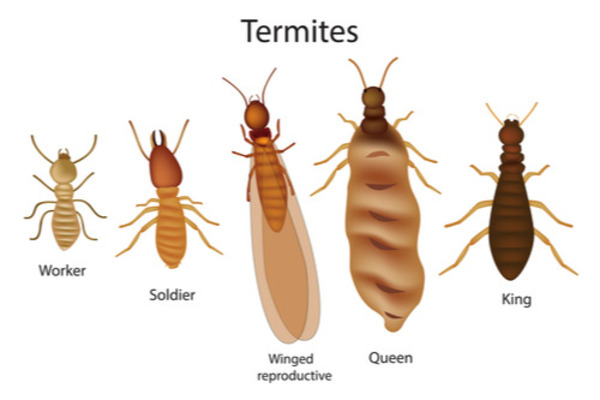
Another well-known animal that chews on wood is the beaver. Beavers are large rodents that are renowned for their ability to cut down trees and use the wood to build dams and lodges. Found in North America and parts of Europe, beavers are members of the Castoridae family.
Why Beavers Chew on Wood: Beavers primarily chew on wood for two reasons: to build their homes (lodges and dams) and to keep their continuously growing teeth in check. Their strong, sharp incisors are designed for gnawing through tough tree trunks and branches.
Wood in the Beaver's Diet: Although beavers use wood primarily for construction, they also eat the soft inner bark of trees, especially during the winter months when other food sources are scarce. This inner bark is rich in nutrients and provides the energy they need to survive in colder climates.
Beavers play an important ecological role by creating wetlands through their dam-building activities, which can benefit a wide range of other species by creating habitats for fish, birds, and amphibians.
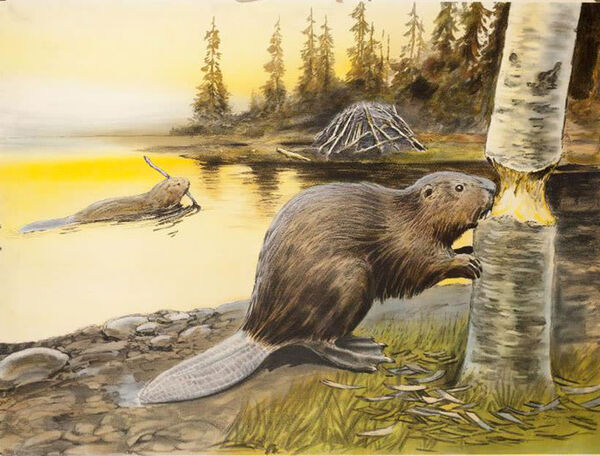
Wood-boring beetles are another group of insects known for chewing on wood. These beetles belong to several different families, including Buprestidae (jewel beetles) and Cerambycidae (longhorn beetles), and their larvae are often the ones responsible for the wood damage.
How Wood-Boring Beetles Feed: The adult beetles typically lay their eggs in cracks or crevices in wood, and when the larvae hatch, they bore into the wood, feeding on the cellulose and lignin. Some species prefer dead or decaying wood, while others can infest living trees.
Wood as a Larval Food Source: For many wood-boring beetles, wood provides an essential food source for their larvae, helping them grow and develop into adults. Once mature, the adult beetles may emerge from the wood, leaving behind holes that can be a sign of infestation.
In forests, wood-boring beetles help in the decomposition process, but they can also be a major problem for wooden structures, furniture, and even trees used in agriculture.
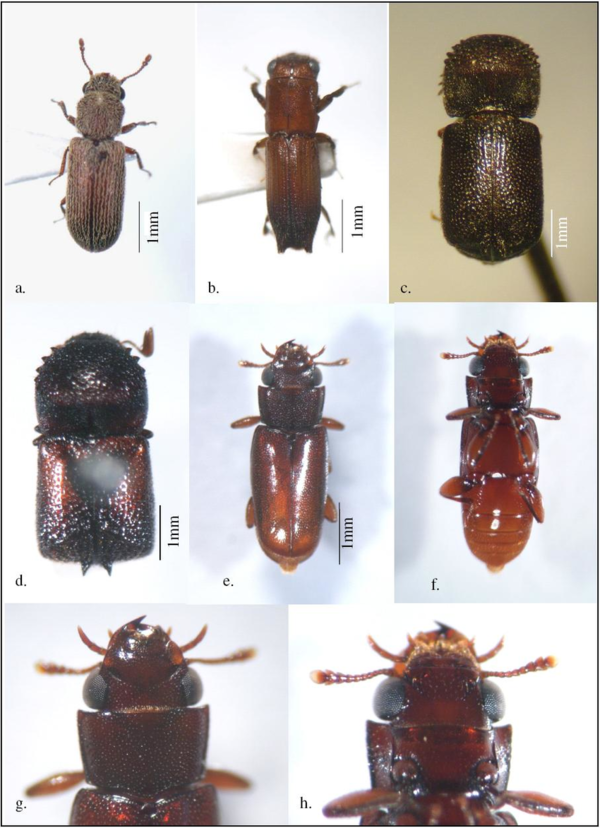
When we think of wood-eating animals, shipworms are a surprising but important addition to the list. Despite their name, shipworms are not actually worms but rather a type of mollusk (specifically, bivalves) in the family Teredinidae. These creatures are notorious for boring into submerged wooden structures, such as piers, docks, and ships—hence their name.
How Shipworms Consume Wood: Shipworms use specialized shells at the front of their bodies to drill into wood, where they create tunnels and live. They then digest the wood using symbiotic bacteria in their gills, which break down the cellulose into simpler sugars that the shipworms can absorb.
Impact on Marine Structures: Historically, shipworms were a major problem for wooden ships, as they could weaken the hull by boring into the wood. Today, they are still a concern for marine infrastructure, although modern materials like metal and concrete are less susceptible to their attacks.
Shipworms play a natural role in breaking down driftwood and other wooden debris in marine environments, helping to recycle nutrients in the ocean ecosystem.
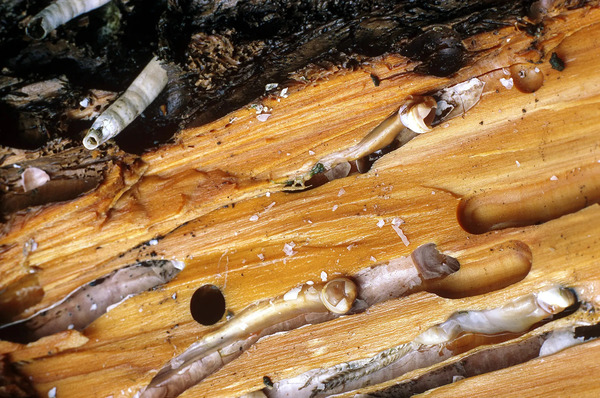
In addition to termites, beavers, wood-boring beetles, and shipworms, there are a few other animals that chew on or consume wood, although they are less well-known.
Horntail Wasps: These wasps, part of the family Siricidae, have larvae that burrow into trees and feed on the wood. Like wood-boring beetles, horntail wasps rely on wood as a food source during their larval stage.
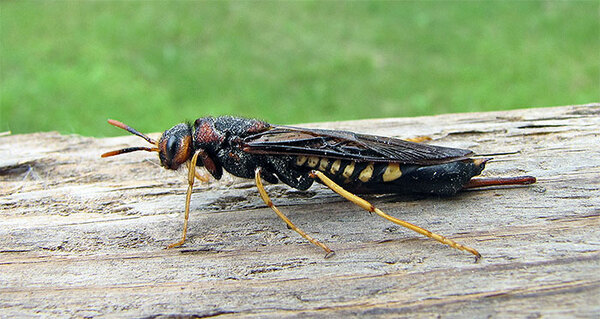
Rodents: Many rodents, such as rats and squirrels, chew on wood to keep their ever-growing teeth sharp and manageable, although they do not typically consume the wood as food.
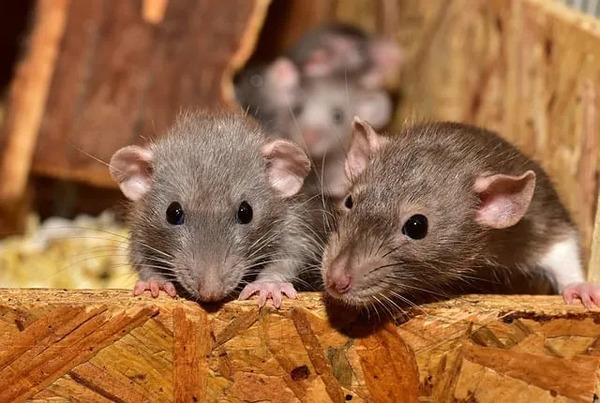
Certain Birds: While birds don’t typically consume wood, some species, like woodpeckers, peck and chew on wood to create nesting cavities or search for insects hidden within tree bark.
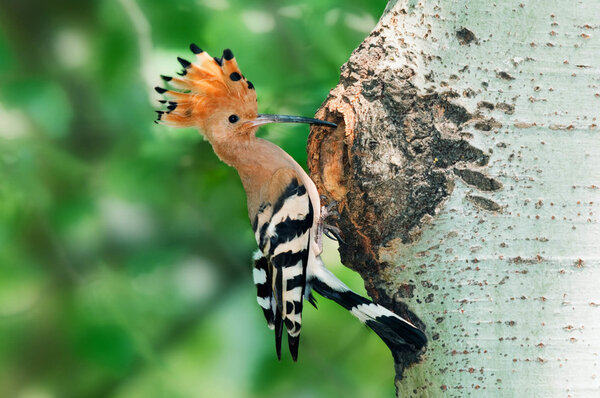
The animals that chew on wood have evolved specialized adaptations that allow them to break down the tough, fibrous material of trees. In some cases, wood serves as a direct food source, providing essential nutrients like cellulose. In other cases, animals chew on wood for practical purposes, such as building nests, sharpening teeth, or creating habitat structures.
The enzymes and bacteria that these creatures rely on to digest wood are key to their survival, and they play important roles in ecosystems by contributing to the breakdown of dead trees and other plant materials. Without wood-eating animals, forests and other environments would be overwhelmed by dead plant matter, slowing down the natural recycling of nutrients.
From tiny termites to large beavers, the world is full of animals that chew on wood for various reasons. Some, like termites and shipworms, rely on wood as a primary food source, while others, like beavers, use wood for construction and occasionally for nourishment. Wood-eating animals play critical roles in ecosystems by helping to decompose dead trees, create habitats, and recycle nutrients.
Understanding these creatures’ behaviors not only helps us appreciate the complexity of natural ecosystems but also highlights the importance of managing pests and protecting human structures from wood-eating animals. Whether they're building dams or boring holes, these wood-chewers are an essential part of the natural world.
animal tags: wood-chewers
We created this article in conjunction with AI technology, then made sure it was fact-checked and edited by a Animals Top editor.
you may also like

The idea of humans reproducing with other animals has long been a topic of fascination, myth, and speculation. However, from a scientific standpoint, the answer to the question, "can humans reproduce with other animals?" is a definitive no. The biological mechanisms that govern reproductio...

1. Dogs are carnivorous canines. The origin of dogs is widely distributed. Dogs are the earliest domesticated animals. At least 10,000 years ago, dogs became human companions. The most recent ancestor of dogs is likely to be wolves. The domestication of dogs originated in America. Wild dogs initiall...
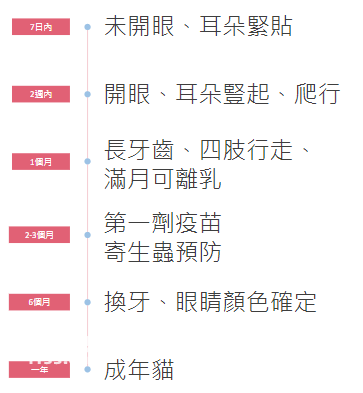
The growth process of a kitten can be divided into the following stages: 1. Birth stage: Kittens usually open their eyes within 10 to 14 days after birth. In the early days of birth, kittens are completely dependent on the care of their mother cats, drinking breast milk f...

Here are the 10 best cat breeds for new cat owners:1. Scottish Fold cat: This cat is gentle, friendly, easy to get along with, and suitable for families or single people.2. American Shorthair Cat: This cat is very close to humans, has good social skills, and is easy to train.3. Persian cat: This kin...

Chickens, also known as domestic chickens and jungle fowl, are a common type of poultry. They originated in Southeast Asia, and their earliest ancestors can be traced back to modern Vietnam and Thailand.Chickens have a relatively simple evolutionary history, and were domesticated by hu...

If your dog has been panting, exhibiting unusually frequent or difficult breathing, this may be an emergency. Here are some countermeasures: 1. Stay calm: Stay calm first so that you can handle emergency situations effectively. Being calm allows you to better care for you...

IntroductionBee-eater birds are known for their vibrant colors, impressive hunting skills, and their unique diet—mainly consisting of insects, especially bees. But like any creature in the animal kingdom, bee-eaters also have their fair share of predators. In this guide, we’ll explore the animals...

Yes, dogs can safely eat blueberries. In fact, blueberries have some benefits for dogs. Blueberries are rich in natural antioxidants and a variety of vitamins, minerals and fiber that can help keep your dog's body and immune system healthy. In addition, blueberries also contain anthocyanins, nat...
Email: jsset668#gmail.com (change # to @) Please indicate your purpose of visit! Guangdong ICP No. 2022053326 XML| map| Chinese

